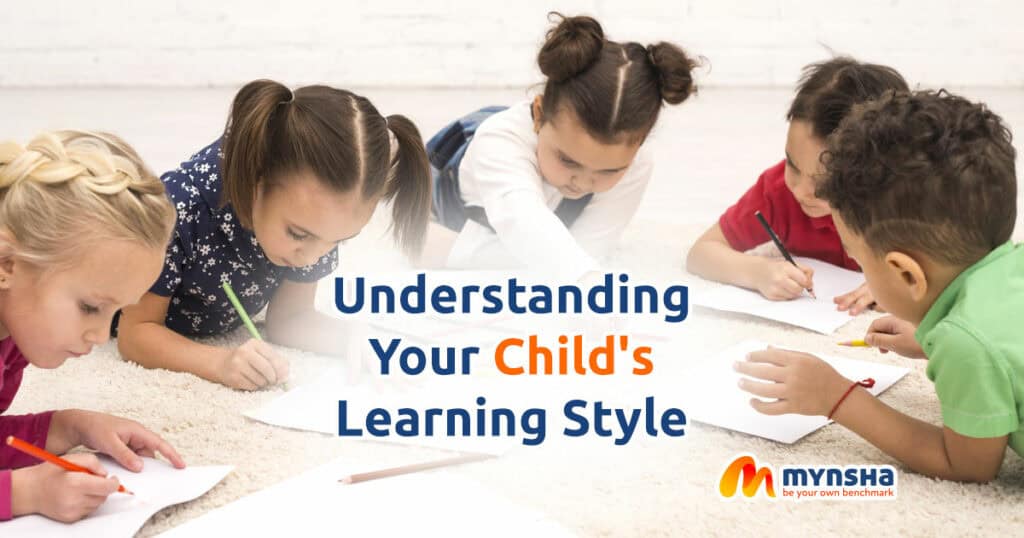Every child is unique, not only in their personality but also in how they absorb, process, and retain information. As parents and educators, understanding the learning styles of children is crucial to fostering an environment where they can excel and enjoy learning. This blog will delve into the different types of learning styles, help you identify your child’s preferences, and explain how Mynsha Learning tailors its educational approach to cater to various learning needs.

What is a Learning Style?
A learning style refers to the predominant way a person learns and processes information. It influences how a student prefers to take in, comprehend, and remember educational materials and experiences. Recognizing and understanding these styles can greatly enhance the effectiveness of teaching and the learner’s educational success.
Types of Learning Styles
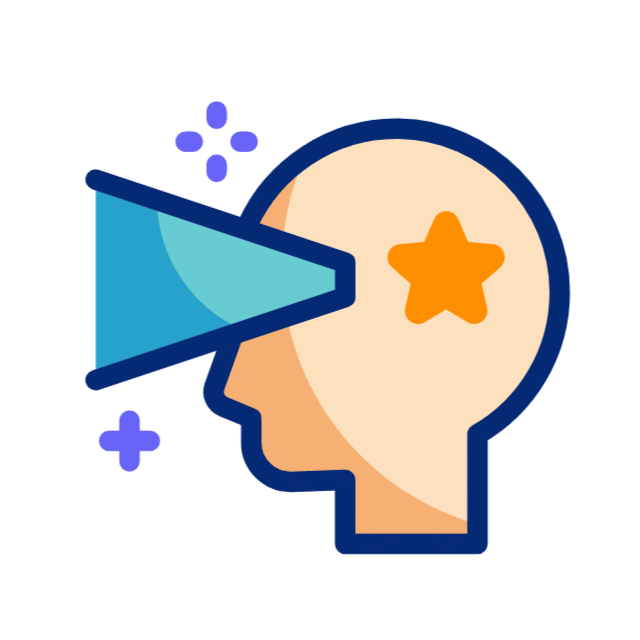
Visual (Spatial) Learners:
Visual learners understand and remember information better when presented visually. They prefer to use pictures, images, diagrams, colours, and maps to organize information and communicate with others. They can easily visualize objects, plans, and outcomes in their mind’s eye.
Auditory (Aural) Learners:
Auditory learners benefit from listening. They are best at absorbing information through lectures, and discussions, talking things through, and listening to what others have to say. Auditory learners often prefer to be told how to do things and then summarize the main points out loud to help with memorization.
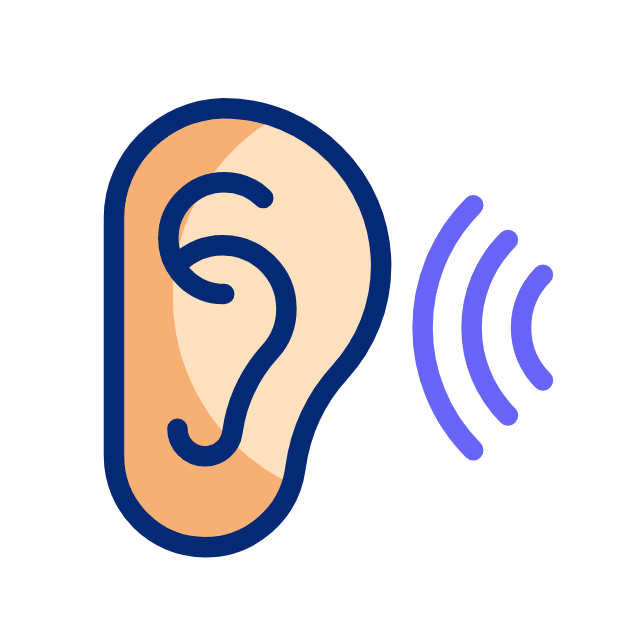

Verbal (Linguistic) Learners:
These learners thrive on written and spoken words. Verbal learners have a preference for using words, both in speech and writing, to assist in their learning. They excel in both reading and writing tasks, often finding it easy to remember information by turning it into a rhyme.
Physical (Kinesthetic) Learners:
Kinesthetic learners prefer using their body, hands, and sense of touch to learn. They learn best by doing, experiencing, touching, moving, or processing information through bodily sensations. Traditional classroom environments can be challenging for these learners unless activities involve movement or hands-on experiences.


Logical (Mathematical) Learners:
These learners have a significant capacity for reasoning and calculating. They think conceptually about numbers, relationships, and patterns. They enjoy experiments, solving puzzles, and logical games. They can make connections between pieces of information quickly and confidently.
Social (Interpersonal) Learners:
Social learners show strength in seeing and understanding the motives, feelings, and behaviours of others to learn effectively. They learn best through interaction, collaboration, and working in groups.

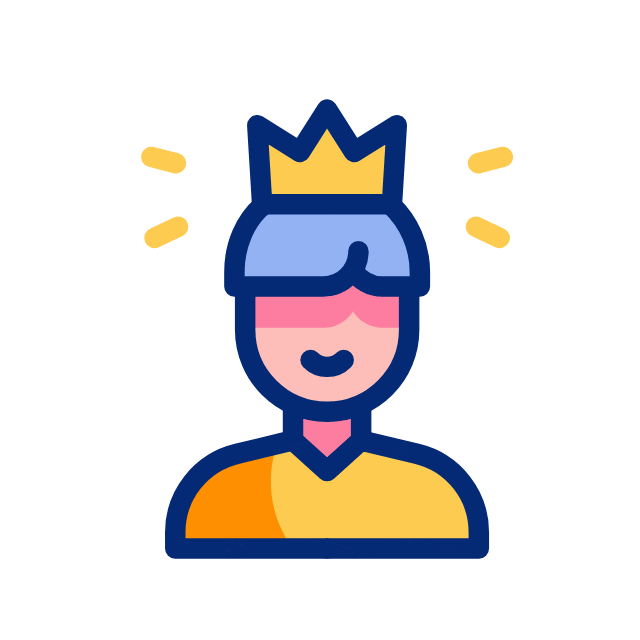
Solitary (Intrapersonal) Learners:
Solitary learners are most effective when studying alone. They are self-aware and in tune with their thoughts—they prefer journals, self-paced courses, and personal reflection to reach an understanding of the content.
Understanding Your Child’s Learning Preferences
Identifying your child’s primary learning style can be achieved through observation and interaction. Pay attention to how they interact with their environment, what activities they are drawn to, and how they solve problems. You can also use structured tools like learning style assessments and quizzes to get a more precise understanding.
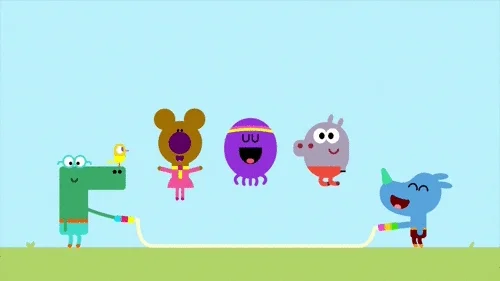
How Mynsha Learning Caters to Different Learning Styles
At Mynsha Learning, we understand that one size does not fit all in education. Here’s how we cater to various learning styles:

Customized Learning Approaches: We provide tailored learning experiences that align with each student’s preferred learning style. For visual learners, we incorporate charts, diagrams, and infographics. Auditory learners benefit from our interactive lectures and discussions.
Interactive and Engaging Content: Whether it’s through hands-on experiments for kinesthetic learners or storytelling and writing exercises for verbal learners, our content is designed to keep all students engaged and involved.
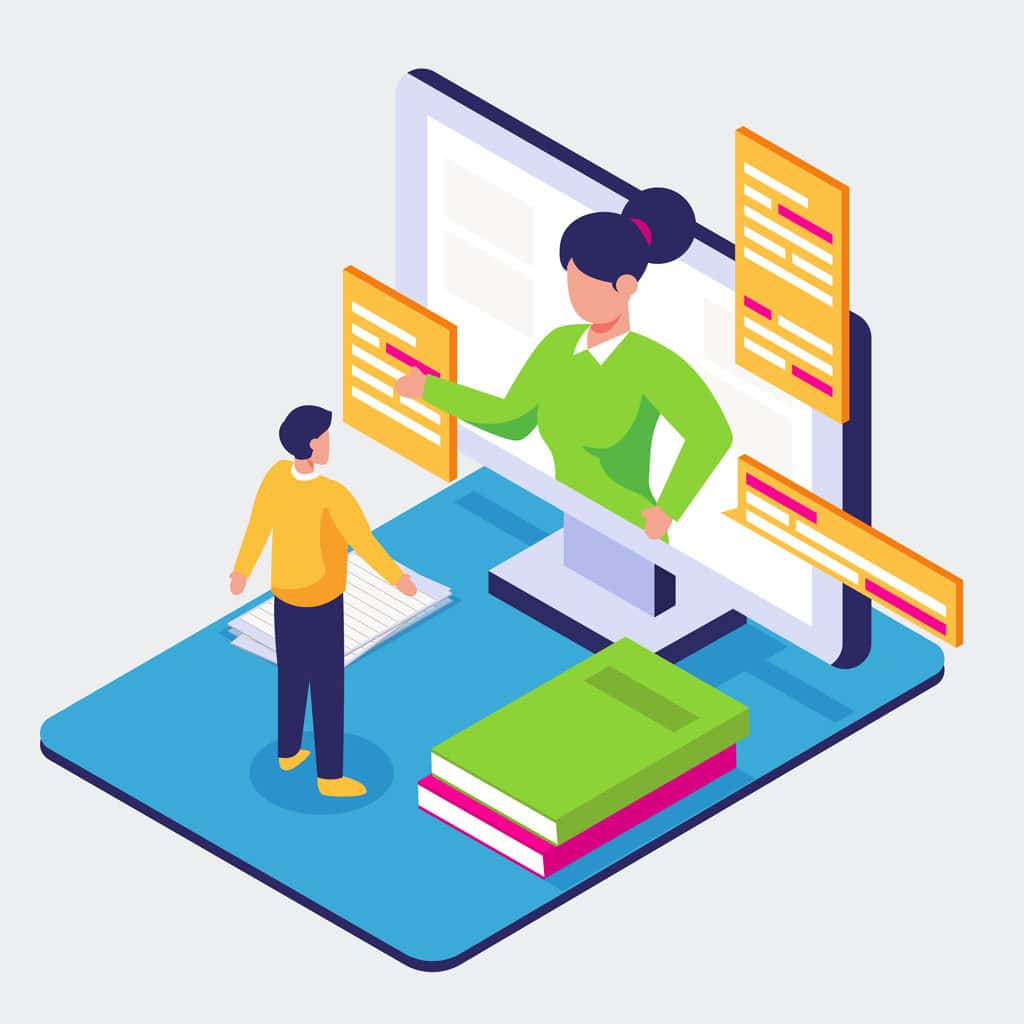
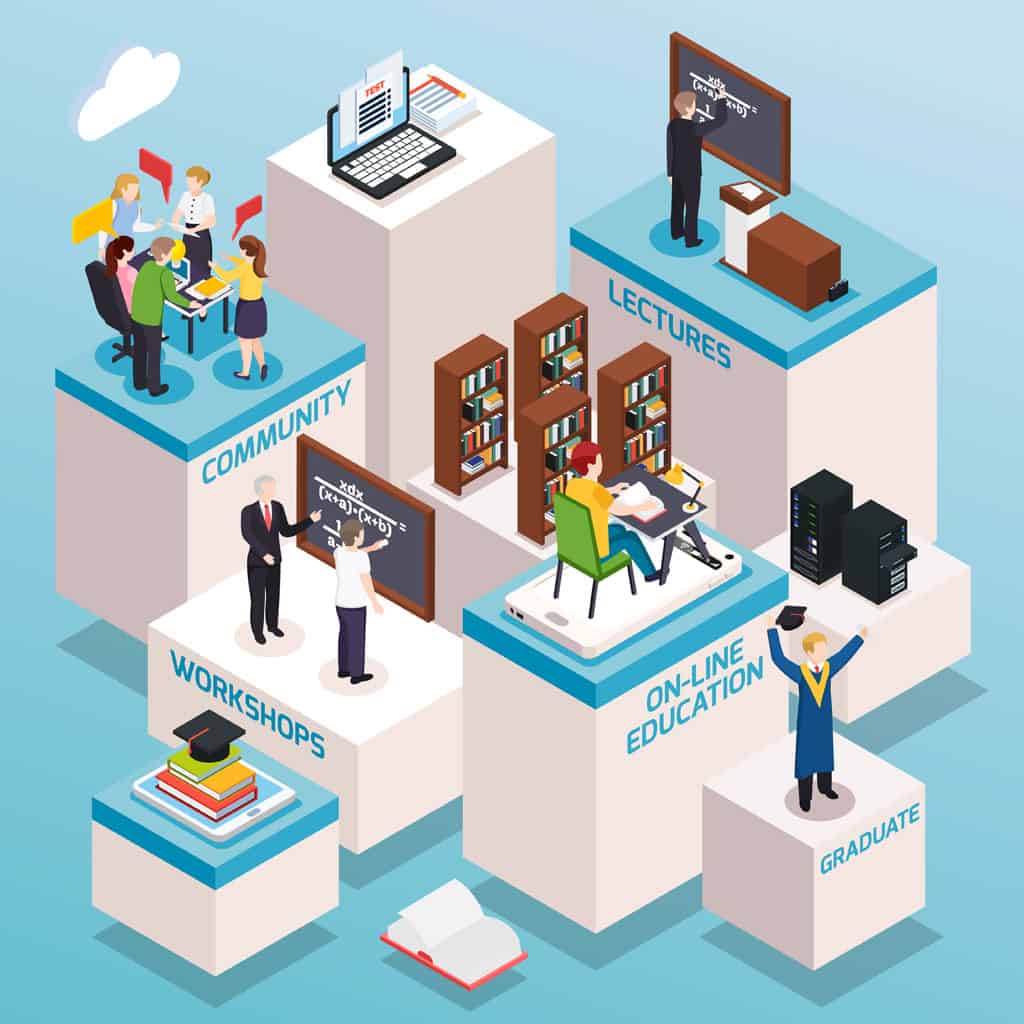
Flexible Learning Environment: We offer both online and offline classes, allowing students to choose their learning settings. Social learners can thrive in classroom settings, while solitary learners might prefer our self-paced online modules.
Supportive Educational Tools: Mynsha Learning uses a variety of educational tools and resources, such as interactive software, games, and group projects, to support different types of learners.


Personalized Feedback and Assistance:
Our educators provide personalized feedback and support, helping students leverage their strengths and improve areas of weakness.
Understanding your child’s learning style is a step towards making their educational experience more enjoyable and effective. By recognizing and nurturing your child’s preferred learning methods, you can enhance their ability to succeed and build confidence in their capabilities. Mynsha Learning is dedicated to creating a supportive, inclusive, and adaptive learning environment that respects and promotes individual learning styles. Join us in embracing the diversity of learning and help your child discover the joy of learning in their own unique way.
FOLLOW US ON FACEBOOK, INSTAGRAM & LINKEDIN for regular updates.
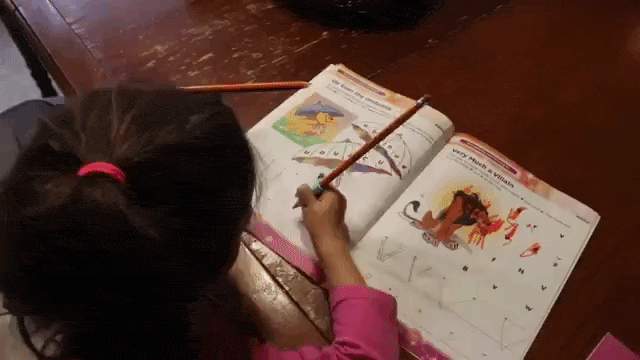
#LearningStyles #ChildEducation #ParentingTips #EducationalPsychology #StudentSuccess #LearningDifferences #VisualLearner #AuditoryLearner #KinestheticLearning #PersonalizedLearning #EducationMatters #TeachingTips #ParentSupport #MynshaLearning #BetterLearning #ChildDevelopment #EffectiveLearning #HomeEducation #LifelongLearning #HolisticEducation #Mynsha #MynshaLearning

